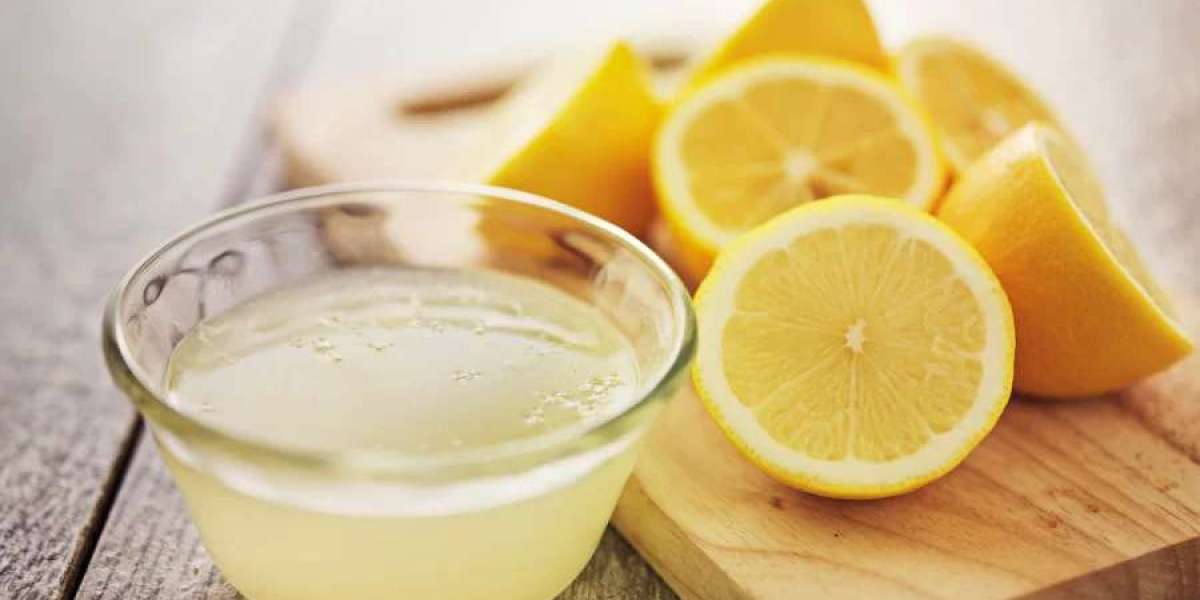Lemons are a staple in many kitchens, valued for their tart flavor and versatility in cooking, baking, and beverages. One common question that arises in the culinary world is: How Much Juice In One Lemon? This seemingly simple query has a variety of answers depending on factors such as the lemon’s size, ripeness, and how it is juiced. In this blog, we’ll explore everything you need to know about lemon juice, including tips for maximizing your yield.
Understanding Lemon Varieties
Types of Lemons
- Eureka Lemons: These are the most common type found in grocery stores. They have a thick, textured rind and are known for their high juice content.
- Meyer Lemons: Slightly sweeter and less acidic, Meyer lemons have a thinner skin and are prized for their unique flavor.
- Lisbon Lemons: Similar to Eureka lemons but often smoother in texture, Lisbon lemons are also a popular choice for juicing.
Factors Influencing Juice Yield
Size and Ripeness
- Size: Naturally, larger lemons tend to produce more juice. On average, a medium-sized lemon yields about 2-3 tablespoons (30-45 ml) of juice.
- Ripeness: Riper lemons are juicier. Look for lemons that are bright yellow and feel slightly soft to the touch. Overripe lemons, however, may be too soft and produce a bitter juice.
Temperature and Juicing Method
- Temperature: Lemons at room temperature yield more juice than those straight from the refrigerator. If you need to juice a refrigerated lemon, microwave it for 10-20 seconds to loosen the juice.
- Juicing Method: The technique you use to extract juice significantly impacts the yield. Hand squeezing, using a manual citrus juicer, or employing an electric juicer all produce different results. Generally, mechanical or electric juicers are more efficient.
Tips for Maximizing Juice Yield
Preparation and Techniques
- Roll Before Juicing: Rolling a lemon on the countertop with firm pressure before cutting it helps break down the cell walls inside, making it easier to extract juice.
- Cut Lengthwise: Cutting the lemon lengthwise exposes more of the juice sacs compared to cutting it crosswise, leading to more juice extraction.
- Use a Reamer or Juicer: A handheld reamer or a citrus juicer extracts more juice than squeezing by hand. If you use a reamer, twist it firmly inside the lemon halves to get the maximum juice.
Measuring Lemon Juice
Standard Conversions
- One Lemon Equals: On average, one medium lemon yields about 2-3 tablespoons (30-45 ml) of juice. This measurement can vary, so it’s often helpful to have an extra lemon on hand if precise quantities are crucial for your recipe.
Substitutes and Equivalents
- Bottled Lemon Juice: While fresh lemon juice is often preferred for its superior flavor, bottled lemon juice can be a convenient substitute. Typically, 2-3 tablespoons of bottled lemon juice equals the juice of one fresh lemon.
- Lemon Juice Concentrate: For recipes requiring a more intense lemon flavor, lemon juice concentrate can be used. Follow the package instructions to determine the equivalent amount to fresh lemon juice.
Conclusion
Knowing how much juice a lemon can yield is essential for both amateur cooks and professional chefs. By understanding the factors that influence juice yield and employing effective juicing techniques, you can make the most out of each lemon. Whether you’re preparing a refreshing lemonade, a zesty marinade, or a delicate lemon dessert, having the right amount of fresh lemon juice can elevate your culinary creations. So next time you reach for a lemon, remember these tips to squeeze out every last drop of its vibrant, tangy goodness.








